When Queen Elizabeth II died on September 8th (at the age of 96), she had been the British monarch for 70 years. A very small percentage of people living today can remember back to when she wasn’t queen. Here we offer an admiring, albeit brief, look at some things you probably didn’t know.
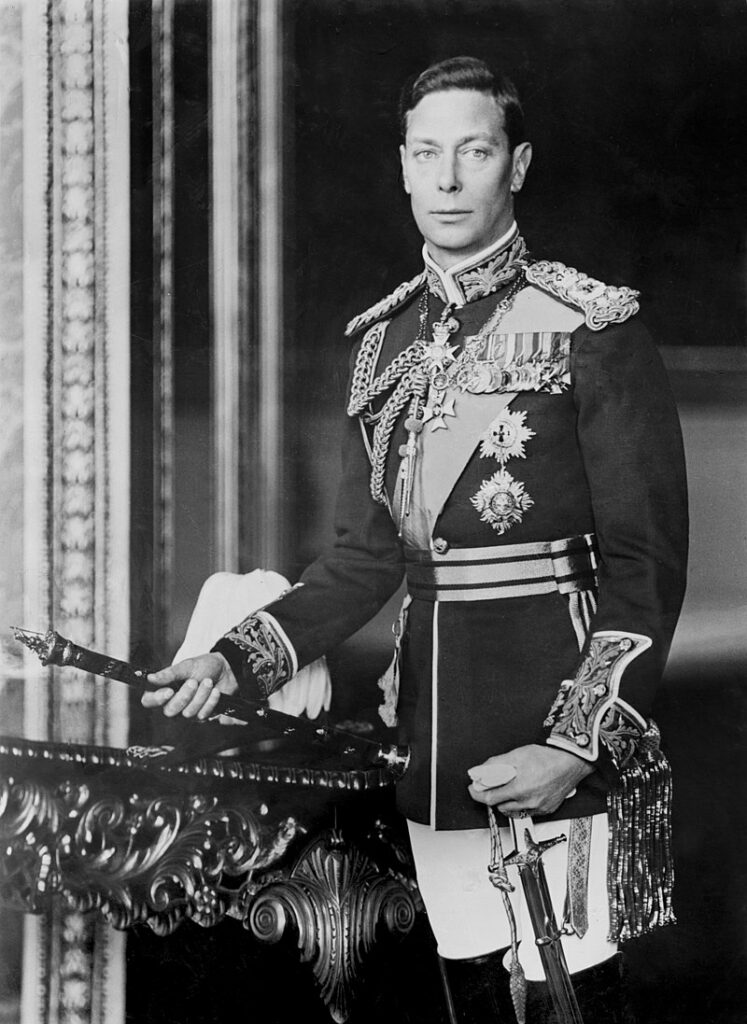
King George VI
George VI (Albert Frederick Arthur George (1895 – 1952) was King of the United Kingdom and the Dominions of the British Commonwealth from 1936 until his death in 1952. He was concurrently the last Emperor of India until August 1947, when the British Raj was dissolved.
The future George VI was born in the reign of his great-grandmother Queen Victoria; he was named Albert at birth after his great-grandfather Albert, Prince Consort, and was known as “Bertie” to his family and close friends. His father ascended to the throne as George V in 1910. As the second son of the king, Albert was not expected to inherit the throne, and spent his early life in the shadow of his elder brother, Prince Edward, the heir apparent.
Edward ascended to the throne as Edward VIII after their father died in 1936, but abdicated later that year to marry the twice-divorced American socialite Wallis Simpson. As heir presumptive to Edward VIII, Albert thereby became the third monarch of the House of Windsor, taking the name George VI.
George VI was seen as sharing the hardships of the common people and his popularity soared during World War II. His younger brother the Duke of Kent was killed while in active service. George became known as a symbol of British determination to win the war, but the British Empire declined. Ireland had largely broken away, followed by the independence of India and Pakistan in 1947. George relinquished the title of Emperor of India in June 1948 and instead adopted the new title of Head of the Commonwealth. Beset by smoking-related health problems in the later years of his reign, he died of a coronary thrombosis in 1952 and was succeeded by his elder daughter, Elizabeth II.
What is the Commonwealth?
Besides her role as matriarch of the British royal family for more than seven decades, Queen Elizabeth II was an important figure in many other countries as the head of the Commonwealth (formerly known as the British Commonwealth).
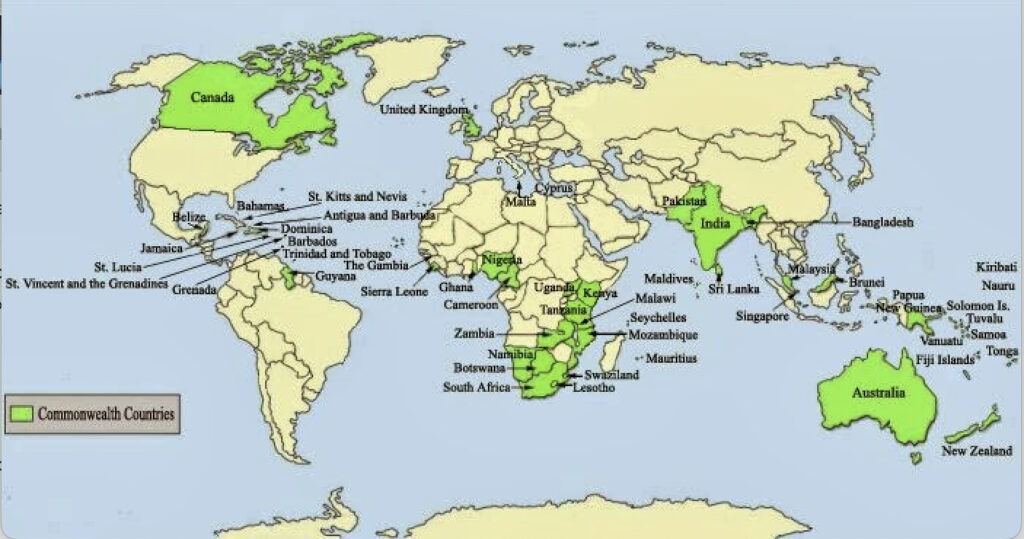
The Commonwealth is a voluntary association of 56 independent and equal countries. It is home to 2.5 billion people and includes both advanced economies and developing countries. 32 of its members are small states (including many island nations), and all of its member governments have agreed to shared goals like development, democracy and peace. Its values and principles are expressed in the Commonwealth Charter.
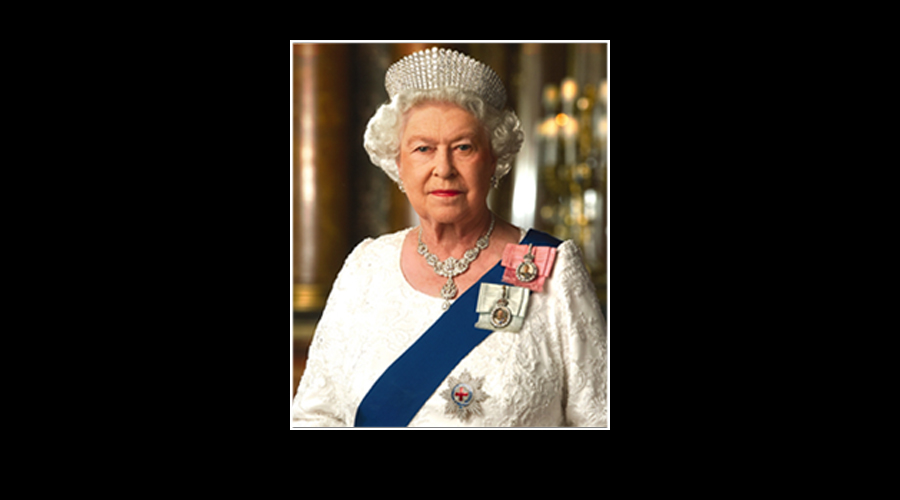
The Commonwealth’s roots go back centuries to the British Empire, but the current version goes back less than 100 years. Today, any country can join the modern Commonwealth. The last two countries to join are Gabon and Togo which joined earlier this year. The association had been under the jurisdiction of the queen for most of its existence, and while King Charles III’s reign has begun, it doesn’t necessarily mean he will be head of the Commonwealth. He is likely to be, but the head of the Commonwealth is not determined by family lineage; it must be chosen by the Commonwealth leaders.
The association was formed as part of the Balfour Declaration of 1926 (predating both the United Nations and NATO). The goal of the declaration was to form a union in which all countries once under British rule were treated equally, with all countries pledging allegiance to the British king or queen. Today the membership consists of:
21 countries in Africa: Botswana, Cameroon, Gabon, (The) Gambia, Ghana, Kenya, Kingdom of Eswatini, Lesotho, Malawi. Mauritius, Mozambique, Namibia, Nigeria, Rwanda, Seychelles, Sierra Leone, South Africa, Togo, Uganda, United Republic of Tanzania, Zambia.
8 Asian countries: Bangladesh, Brunei Darussalam, India, Malaysia, Maldives, Pakistan, Singapore,
Sri Lanka.
13 countries in the Caribbean and Americas: Antigua and Barbuda, (The) Bahamas, Barbados, Belize, Canada, Dominica, Grenada, Guyana, Jamaica, Saint Lucia, St Kitts and Nevis, St Vincent and The Grenadines, Trinidad and Tobago.
3 European countries: Cyprus, Malta, United Kingdom.
11 Pacific Island countries: Australia, Fiji, Kirbati, Nauru, New Zealand, Papua New Guinea, Samoa, Solomon Islands, Tonga, Tuvalu, Vanatu.
The Commonwealth (headquartered in London) is often described as a ‘family’ of nations. At the heart of this family are three intergovernmental organizations:
- The Commonwealth Secretariat supports member countries to achieve the Commonwealth’s aims.
- The Commonwealth Foundation supports people’s participation in democracy and development.
- The Commonwealth of Learning promotes open learning and distance education.
Member countries are also supported by a network of more than 80 intergovernmental, civil, cultural, and professional organizations.
In announcing the death of the Queen, the Commonwealth said that “a great light has gone out.” Patricia Scotland QC, secretary-general of the Commonwealth, said in a statement. “Her Majesty loved the Commonwealth, and the Commonwealth loved her. I will miss her greatly, the Commonwealth will miss her greatly, and the world will miss her greatly. We will never see her like again… Hers was a life of service which will echo through the ages. We will be forever grateful.”
___
This section has three pictures – all with captions. King Charles III goes with the first paragraph, King Charles I goes with the second paragraph, and King Charles II in with the 3rd or 4th paragraphs.
King Charles

Before the death of Queen Elizabeth II (the longest-reigning British monarch in history), there was speculation on whether the then-Prince Charles (the longest-serving heir apparent – the next in line to the throne) would reign as King under his own name or choose another. With his full name being Charles Philip Arthur George, there were other names he could have selected if he’d wanted. At least some of that speculation came from the fact that King Charles I and II weren’t among the best monarchs.
Charles I was King of England, Scotland, and Ireland from 1625 (as the result of the death of his older brother) until his execution in 1649. His reign is best known for his acrimonious relationship with parliament (because he believed in the divine right of kings to rule). Beginning in 1642, he fought the armies of the English and Scottish parliaments in the English Civil War. He was defeated in 1645 at the hands of Parliament’s New Model Army, and after a few years of new alliances and political maneuvering, he was imprisoned on the Isle of Wight. He was tried, convicted, and executed for high treason in January 1649. The monarchy was abolished, and the Commonwealth of England was established as a republic. The monarchy was restored to Charles’s son Charles II in 1660
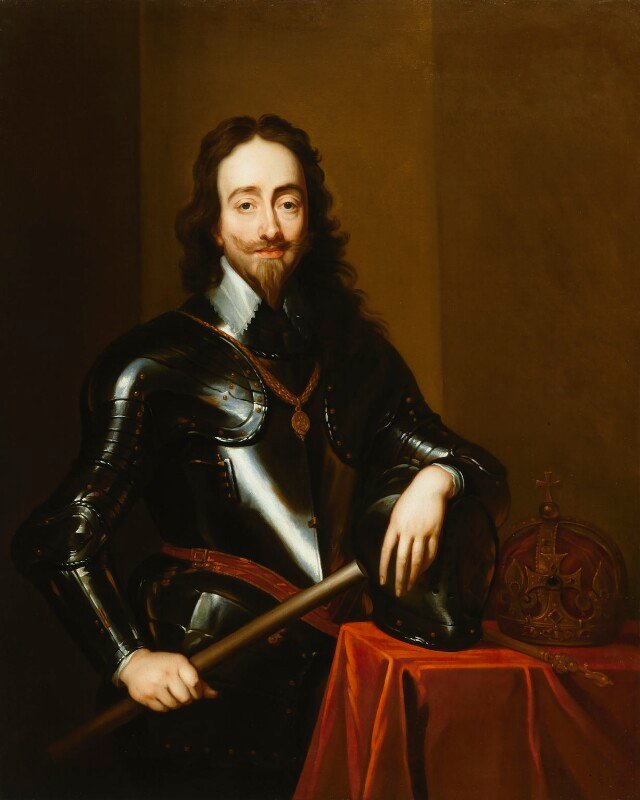
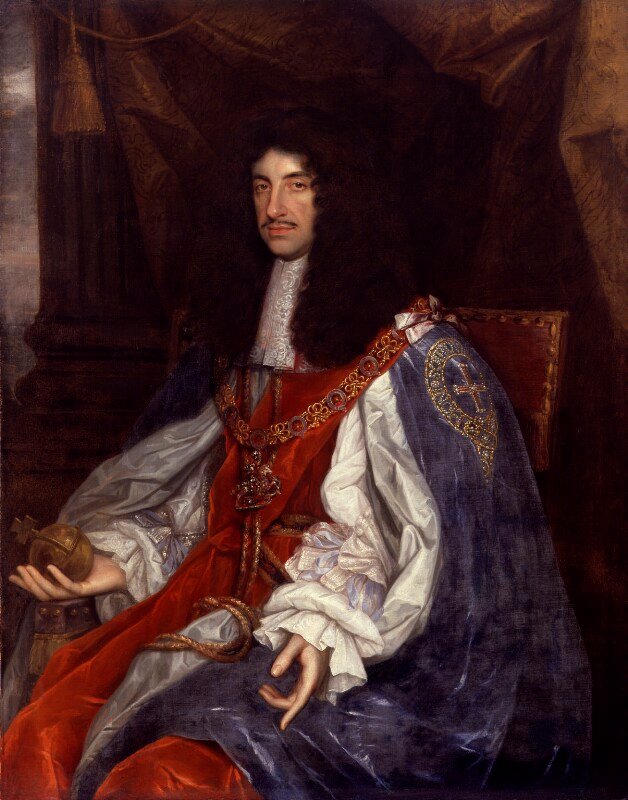
Charles II was King of Scotland from 1649 until 1651, and King of England, Scotland, and Ireland from the 1660 restoration of the monarchy until his death in 1685. After Charles I’s execution (at the climax of the English Civil War), the Parliament of Scotland proclaimed Charles II king in February 1649. England, however, entered the period known as the English Interregnum (the English Commonwealth) and the country was essentially a republic led by Oliver Cromwell. Cromwell defeated Charles at the Battle of Worcester in 1651; Charles fled to mainland Europe; and Cromwell became the virtual dictator of England, Scotland, and Ireland for several years.
Charles spent the next nine years in exile in France, the Dutch Republic and the Spanish Netherlands. Then, a political crisis followed Cromwell’s death in 1658, resulting in the restoration of the monarchy. Charles was invited to return to Britain on his 30th birthday in 1660, and thereafter, all legal documents were backdated so it was as if he had succeeded his father as king in 1649.
_____
What is the Difference Between the UK, Great Britain, and England
There is a difference, even though many people use them interchangeably. One is a country, the second is an island, and the third is a part of an island.
The United Kingdom is a country off the northwestern coast of Europe, consisting of the entire island of Great Britain and a northern part of the island of Ireland. Great Britain is the name of the island northwest of France and east of Ireland, consisting of the United Kingdom and three somewhat autonomous regions: England, Wales, and Scotland.
Great Britain is the ninth largest island on Earth and Scotland and Wales are not independent countries but do have some discretion from the United Kingdom with respect to internal governance. Expressed differently, the United Kingdom (or the U.K.) is the country, Great Britain is the island, and England is one of the U.K.’s four administrative regions.
(sic)
SIC is a Latin adverb [sic erat sciptum] which means ‘thus it had been written’, meaning that the quote was transcribed as it was found in the original source, complete with errors. It usually appears in parentheses or brackets, sometimes with the letters in italics.
License Plates – Imagine the Possibilities!
If the license plate has six characters and use all 26 letters of the alphabet and all ten numbers (0-9), there are 2,176,782,336 possibilities. The formula is 36 x 36 x 36 x 36 x 36 x 36 or 36⁶. And, of course, that’s per state. Some states have seven-character license plates which means in those states there are 78.4 billion possible license plate numbers.
Exceptions: Some states don’t use O because it looks too much like 0. Most (if not all) states don’t allow obscene words. Some states use three letters for the first three positions and three digits for the final three positions or vice versa. In that case, the formula would be (26 x 10)³ which equals 17,576,000.
The first state-issued plate in Massachusetts was issued to Frederick Tudor in 1903 and read, “1.” In 1931, Pennsylvania was the first state to offer personalized license plates. There was no standard size for license plates until 1957. A potato was the first graphic to appear on a license plate (and it was in Idaho in 1928). Today, only 3 states do not use prisons to produce license plates— Alaska, Hawaii, and Oregon.
Sternutation
Sneezing (also known as sternutation) is your body’s natural reflex to remove irritants from the nose or throat. It is an unexpected, involuntary, powerful, and uncontrolled expulsion of the air from the respiratory system, which mostly occurs without a warning. It usually occurs due to irritants (e.g., cold air, dust, allergens, drugs, spices or even just a tickling) which cause irritation to the nasal lining or the throat and trigger a sneeze attack. There are several types of sneezing (which, though fun and interesting) do not have any clinical significance.
- Trumpet Sneeze: when people expel air almost completely through their mouths with a loud, “OOOH.”
- Big Bad Wolf Sneeze: when people huff and puff before sneezing.
- Freeze Tag: when the person’s whole face and body freeze as the sneeze builds up internally and then suddenly explodes out, animating the entire individual.
- Internal Sneeze: when nothing actually comes out except an odd “ump” noise.
- Hand as Handkerchief: when people sneeze right into their hand.
- The Tease: When people sneeze to capture our attention s they go “aahhh ahhhh,” then there’s only a tiny little anticlimactic “achoo” at the end.
- The Shout-it-Out Sneeze: when the sneeze is so loud that it can be heard at a long distance.
- The Coughing Sneeze: when a person has a chain of cough-like sounding sneezes very close together without a breath.
- Cartoon Sneeze: when it appears to be a little kid sneezing. (a/k/a the dainty sneeze).
- Spray Gun: when the sneezer sneezes all out on others.
- Continuous Sneezing: when the sneezer keeps on sneezing one right after the other non-stop.




